High Density Screen Printing
Screen printing is a highly versatile printing technique that has been used for centuries to create designs on various surfaces, including paper, fabric, and plastic. The process involves pushing ink through a mesh screen onto the surface being printed, creating a crisp and durable image.
High-density screen printing, in particular, is a specialized form of screen printing that creates a raised, three-dimensional effect on the printed surface. This effect is achieved by using a special type of ink that is thick and viscous, and by printing multiple layers of ink on top of each other. The result is a printed design that stands out from the surface and adds depth and texture to the final product.
High-density screen printing is commonly used in the production of t-shirts, sweatshirts, and other apparel items, as well as promotional products like bags, hats, and banners. It is a popular choice for businesses and organizations that want to create a unique and eye-catching product that will stand out from the competition.
One of the advantages of high-density screen printing is its durability. The thick layers of ink used in the process make the final product resistant to fading, cracking, and peeling, ensuring that the printed design will last for a long time. Additionally, high-density screen printing can be used on a variety of materials, including cotton, polyester, and nylon, making it a versatile printing technique for a wide range of applications.
In conclusion, high-density screen printing is a specialized form of screen printing that offers unique and durable printed designs with a raised, three-dimensional effect. It is a popular choice for businesses and organizations that want to create high-quality, eye-catching products that will stand out from the competition.
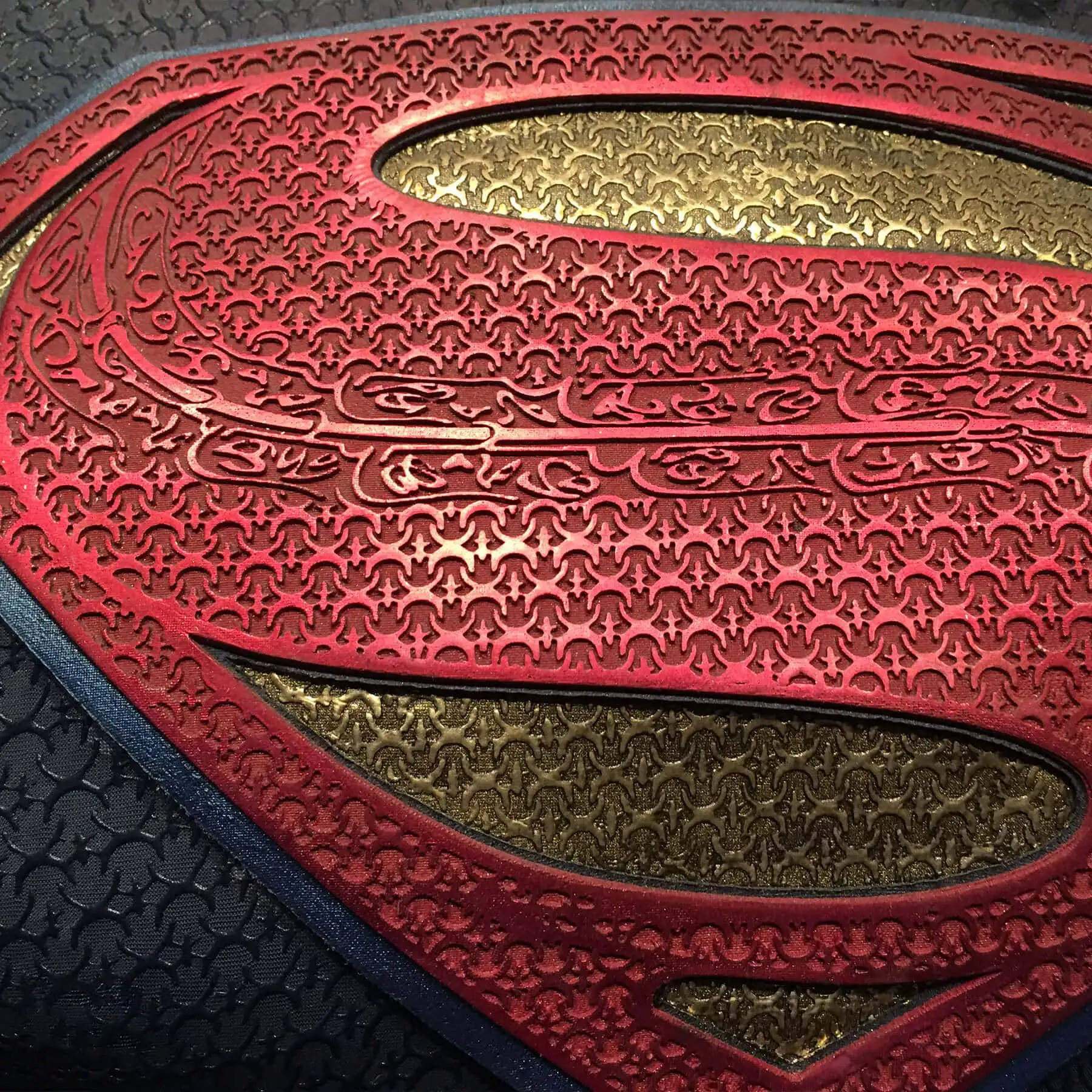
High-density ink is a special type of ink used in screen printing that creates a three-dimensional, raised effect on the printed material. This ink is thicker and heavier than traditional inks, allowing it to stack on top of itself and create a more pronounced texture on the fabric. When high-density ink is printed, it rises off the fabric, providing a unique look and feel that cannot be achieved with traditional printing methods.
Designers and consumers are drawn to this innovative method because it allows for greater control over how high the design stands off the fabric, and where to continue building. Additionally, high-density ink can be layered on top of traditional ink for a textured design. This versatile ink can be used with a range of fabric types and ink varieties, allowing designers to experiment with different finishes, textures, and colors.
Overall, high-density ink in screen printing provides a unique way for brands to create eye-catching and visually appealing designs that stand out from the crowd.
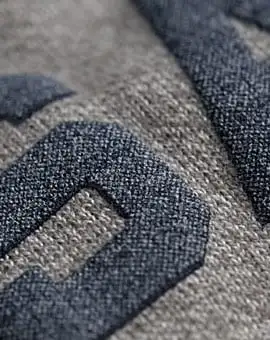
High-density ink is a speciality ink that is designed to create a raised or embossed effect on printed materials. This unique ink is thicker and more opaque than regular ink, which allows it to be printed in layers, creating a three-dimensional effect.
One creative use of high-density ink is to create different levels of raised prints. This technique involves layering the ink to create a 3D effect that mimics texture or depth. For example, this technique can be used to create a tactile design on the packaging or to add texture to a logo or design element on a printed material. This can help to make the design stand out and grab the attention of the viewer.
Another creative use of high-density ink is to mix flat with high-density raised prints. By using both types of ink in the same design, a printer can create a unique visual effect that adds dimension and interest to the printed material. For example, a logo or design element can be printed in flat ink, while the text or other design elements are printed in high-density ink, creating a contrast that draws the eye.
Overall, the creative uses of high-density ink are limited only by the imagination of the designer and printer. Whether used to create a tactile design, add texture to a logo, or create a unique visual effect, high-density ink is a versatile tool that can help to enhance the impact and effectiveness of printed materials.
High-density screen printing is a specialized technique that allows you to create unique and eye-catching textures on your designs. Here are some of the things you can do with high-density screen printing:
Overall, high-density screen printing is a versatile technique that can help you to create unique and visually interesting designs. You can create designs that stand out and grab attention by experimenting with different inks, layering techniques, and textures.
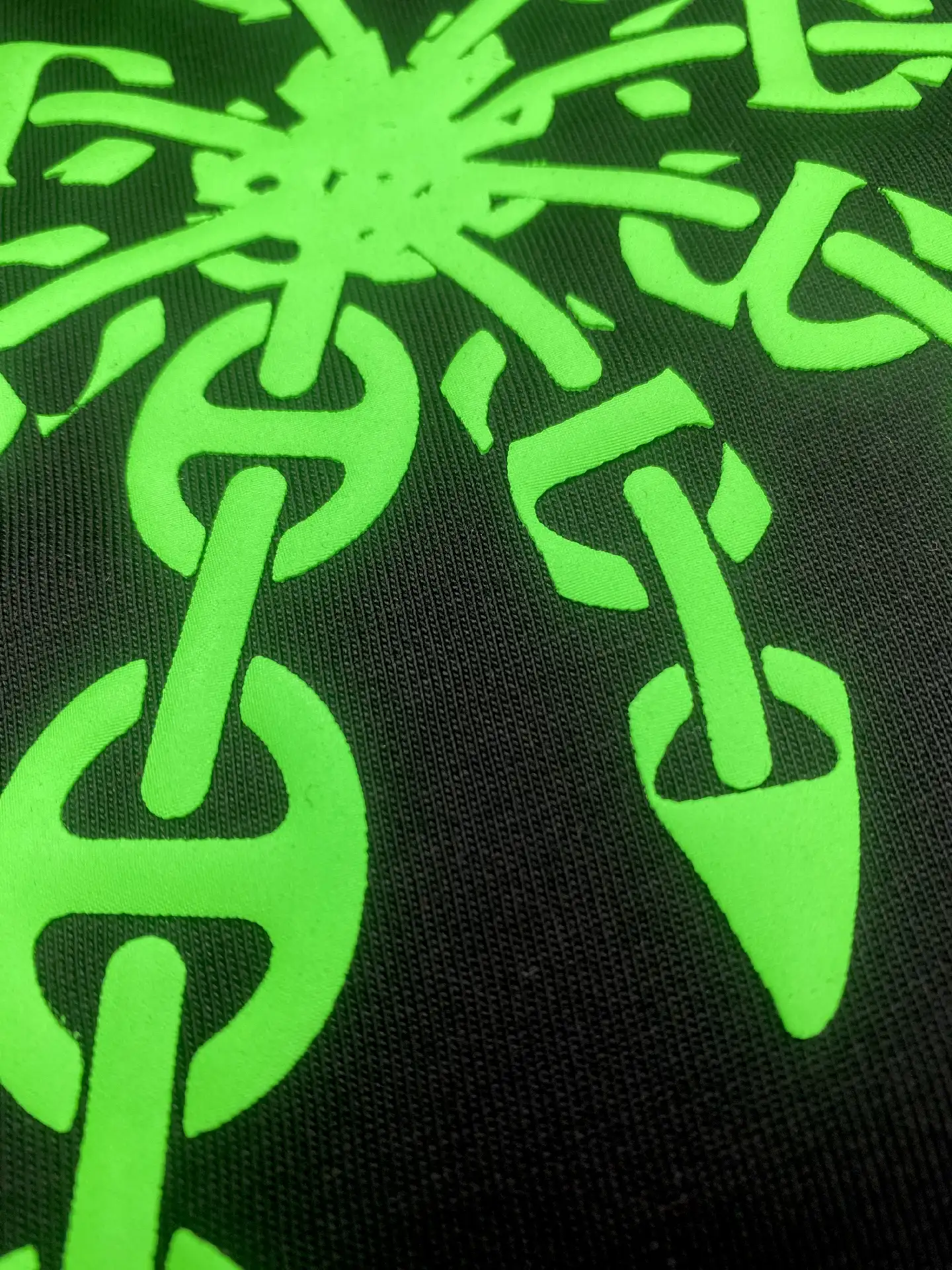
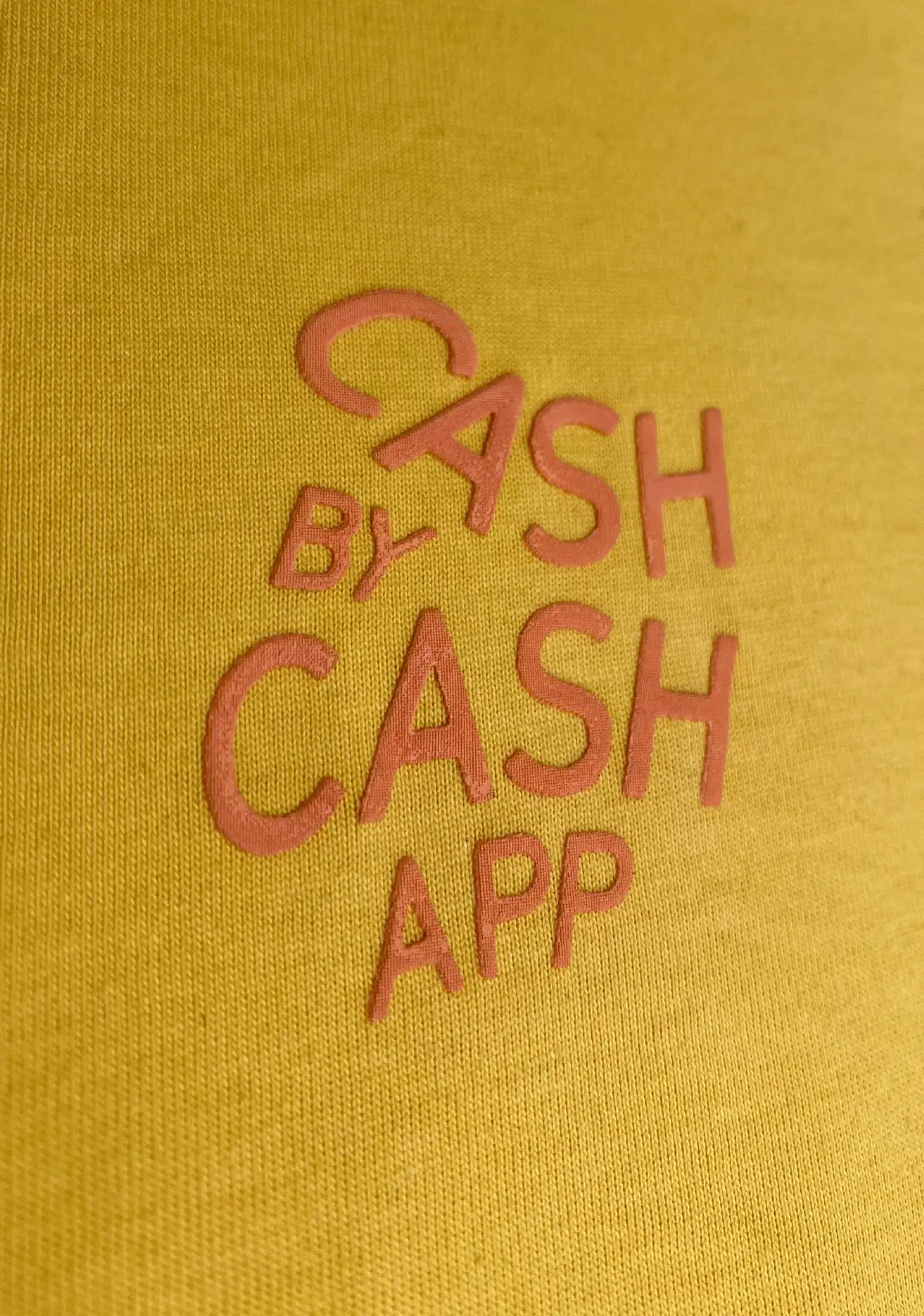

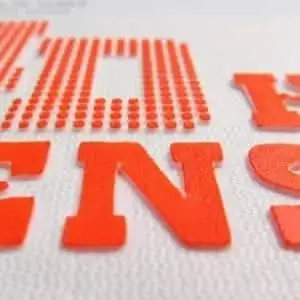
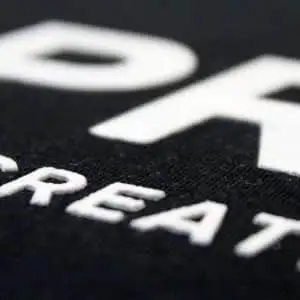
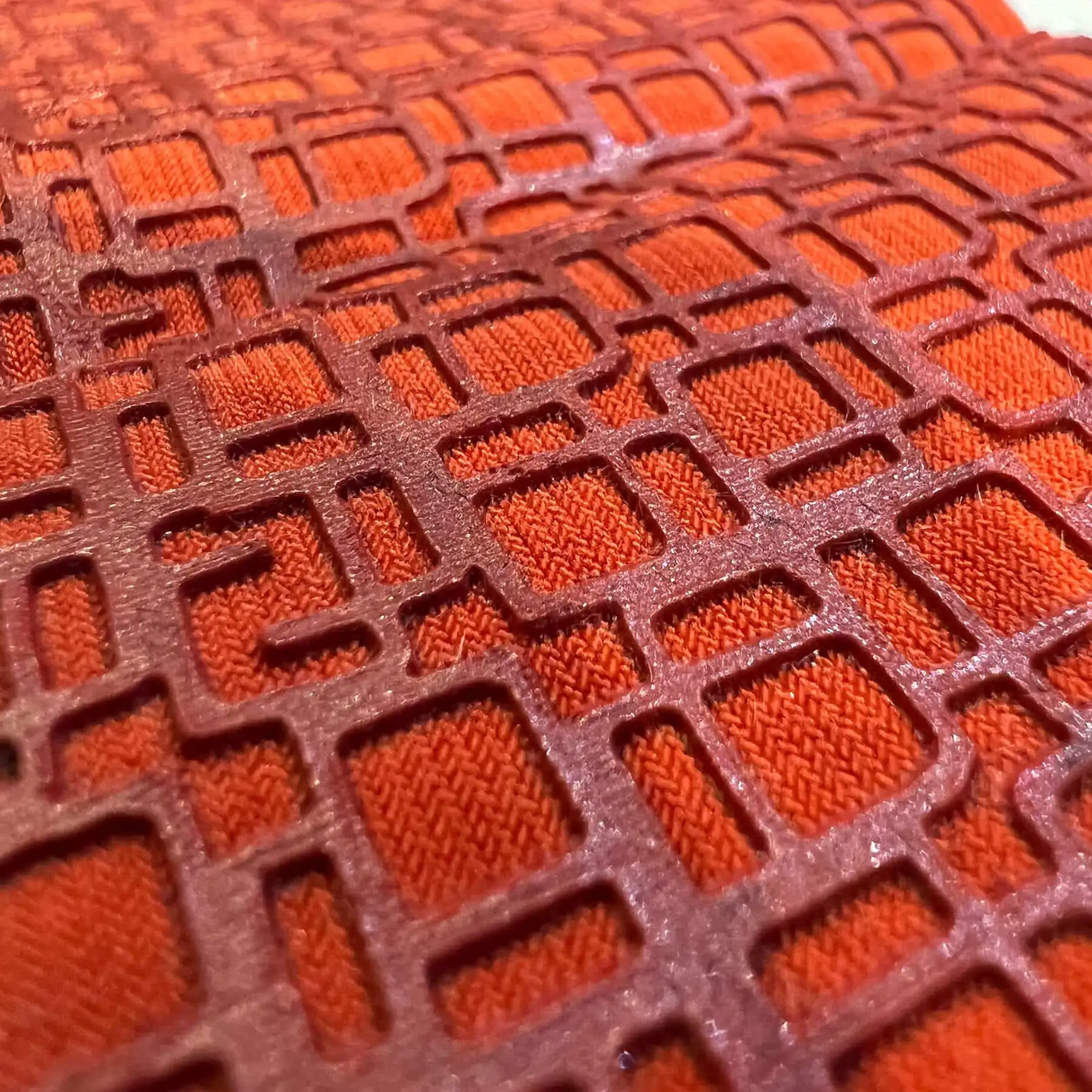
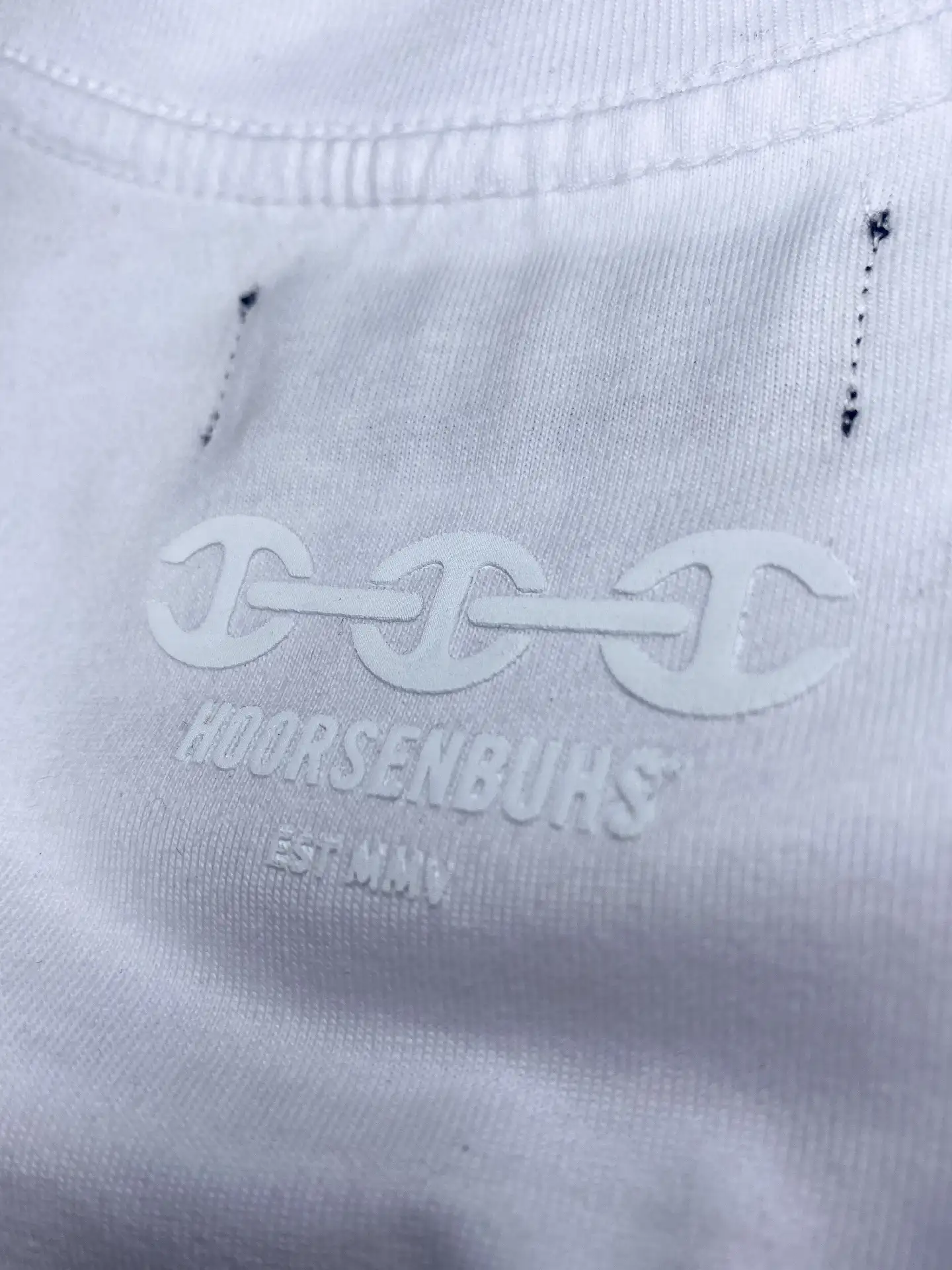
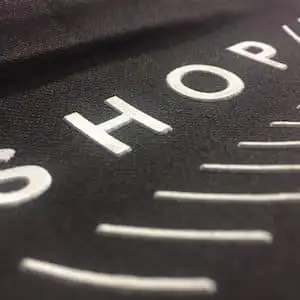
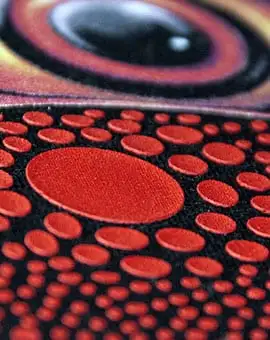
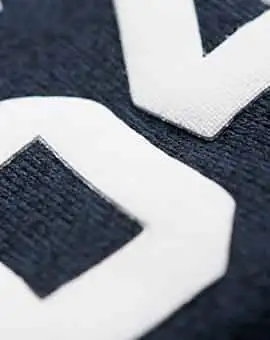
While high-density screen printing has many benefits, there are also some limitations to this technique that you should be aware of. Here are some of the key limitations of high-density screen printing:
Design limitations: High-density screen printing is best suited for simple designs with bold lines and shapes. More intricate designs may not work as well with this technique since the ink may bleed or smear, making the design less crisp and clear.
Color limitations: High-density screen printing is typically limited to a single color per print. While it is possible to print multiple colors, each color would need to be printed separately, which can increase the cost and time required for the job.
Ink thickness: High-density screen printing requires a thicker layer of ink to create the raised, textured effect. While this can enhance the appearance of the design, it can also make the print feel heavy and thick, which may not be desirable for all applications.
Durability: High-density screen printed designs are best washed inside out so the design does not rub against rough items such as zippers or jeans during the wash cycle. Designs are best washed inside out so the design does not rub against rough items such as zippers. The raised texture can be susceptible to wear and tear over time, which can cause the design to crack or peel if washed improperly.
Cost: High-density screen printing can be more expensive than other printing techniques due to the additional time and materials required to create the raised texture. This can make it less feasible for large-scale printing jobs or designs with multiple colors.
High-density ink and custom puff printing are two techniques used in screen printing to create a raised, three-dimensional effect on designs. Although both techniques create a similar effect, there are key differences in the final result that can impact the overall look and feel of the design. High-density ink produces vibrant colors and sharp edges by stacking layers of ink on top of each other to create a raised texture, resulting in a polished and professional-looking design. Puff ink expands vertically and horizontally when heated, creating a squishy texture that may not be as suitable for designs that require sharp edges or precise lines. High-density ink is more durable than puff ink and allows for greater control over the height and shape of the design. The choice between high-density ink and puff ink depends on the specific design and desired outcome.
Overall, the choice between high-density ink and puff ink will depend on the specific design and desired outcome. High-density ink may be preferred for designs that require sharp edges, vibrant colors, and long-lasting durability, while puff ink may be better suited for designs that require a playful, squishy texture.


High-density ink can produce vibrant and durable prints with a smooth, raised texture, but it has some limitations when it comes to detail, placement, and color options. It’s important to consider the specific needs of your design when deciding whether high-density ink is the right choice for your project. Here are some advantages and disadvantages of high-density inks.
High-density ink offers several advantages when used in screen printing. It creates prints that have a smooth and crisp texture and a raised effect that adds depth and dimension to the design. Unlike puff ink, which expands in all directions when heated, high-density ink allows for precise control over the height and width of the print. Moreover, it can produce vibrant and bold colors that make the design stand out, and it is more durable than some other screen printing techniques, such as puff ink, which can withstand wear and tear without cracking or peeling.
However, there are also some disadvantages to using high-density ink in screen printing. High-density ink is not suitable for designs with fine detail or halftone images, as it can lead to bleeding or smudging. The line width should be no smaller than 2pts to avoid such issues. Additionally, high-density ink cannot be combined with foil due to the heat required for the foil application, which can affect the texture and appearance of the high-density ink. It is also limited in placement, as it cannot be applied on seams or collars of garments, which limits the placement options for the design. Furthermore, high-density ink is best used for designs with one color, limiting the color options for the design. Lastly, the process of applying high-density ink can be labour-intensive and time-consuming, which can make it more expensive than other screen printing techniques.
When it comes to high-density screen printing, choosing the right fabric is just as important as selecting the right ink. While high-density ink can be applied to a variety of fabrics, certain fabrics work better than others to achieve the desired texture and effect.
One of the most versatile fabrics for high-density screen printing are 100% cotton blends. Cotton is a natural fiber that is soft, breathable, and allows for good ink penetration, which can result in a vibrant and long-lasting print. It is also a durable fabric that can withstand the high heat and pressure needed for high-density ink application.
Polyester is another popular fabric for high-density screen printing. It is a synthetic fiber that is lightweight, stretchy, and moisture-wicking, making it an ideal choice for sports uniforms and athletic wear. Polyester can also hold high-density ink well, resulting in a bold and durable print.
Blended fabrics, such as cotton-polyester blends, can also be used for high-density screen printing. These fabrics combine the benefits of both cotton and polyester, creating a fabric that is soft, breathable, and moisture-wicking, while also being lightweight and stretchy.
Overall, high-density screen printing can be applied to a variety of fabrics, but it is important to choose a fabric that is suitable for the specific project and desired effect. Cotton, polyester, and blended fabrics are all great options for high-density screen printing and offer versatility for a range of applications, from casual wear to sports uniforms.


DTLA Print offers high-quality custom t-shirt printing, screen printing, digital printing, and finishing services in the United States, specializing in silk screen t-shirt printing, DTG (Digital T-Shirt Printing), and embroidery. The company explains what high-density printing is, how it works, and its benefits. High-density printing is a versatile technique that creates a 3D effect by stacking multiple layers of ink on top of each other, allowing designers to play with texture and height. Mixing it with flat prints can create a dynamic look that draws attention to certain parts of the design. High-density ink also allows experimentation with other design elements such as metallic layers, creating a stunning effect that catches the light and makes the design stand out even more. High-density ink is longer-lasting than other printing techniques and tends to have more vibrant colors.



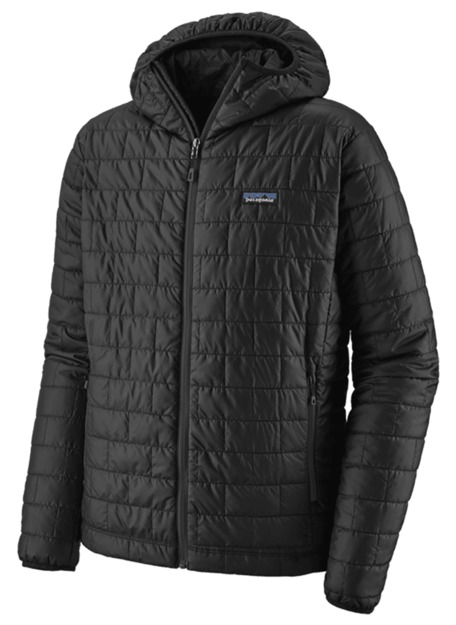

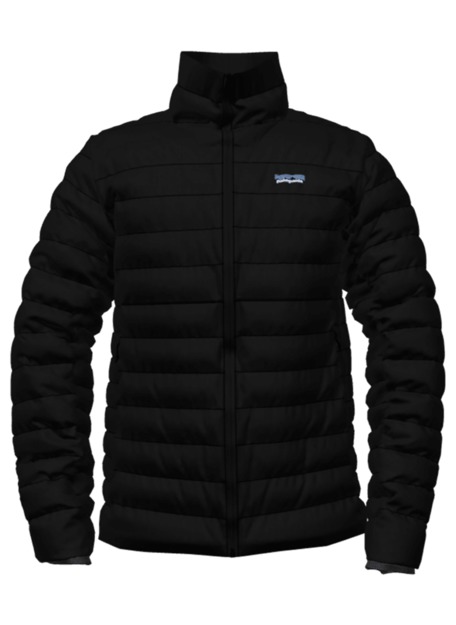





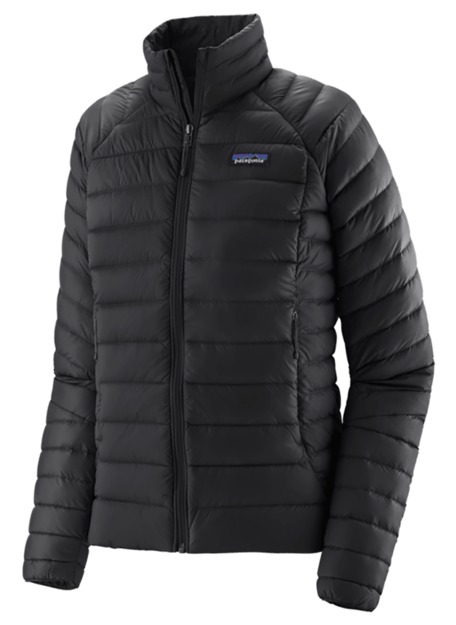

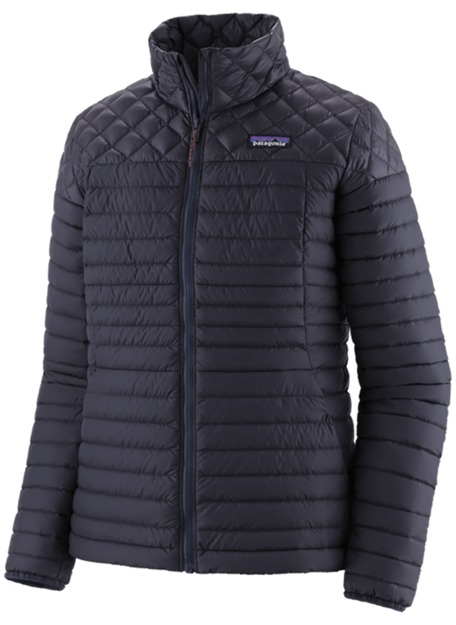





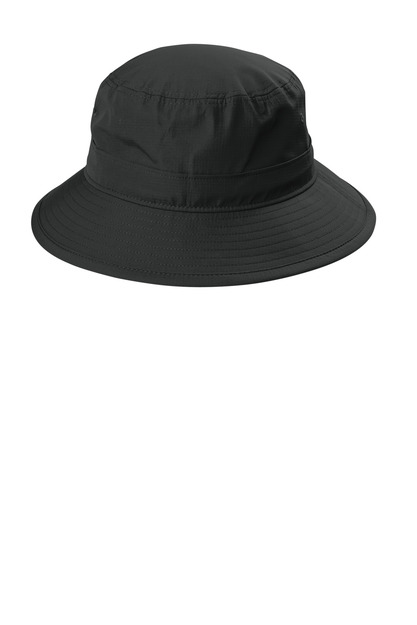

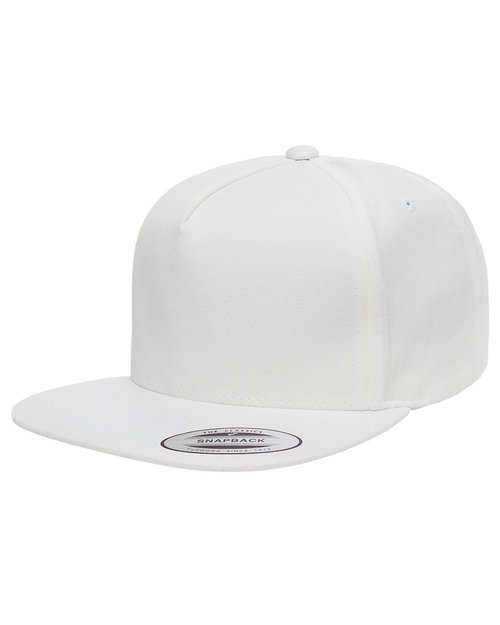


The minimum line weight for high-density printing is 3 points. This means that any lines or strokes in the artwork should be at least 3 points thick to ensure that they are visible in the final print.
The halftone frequency should be at least 25 lines per inch (lpi). Halftones are a printing technique that creates a gradient effect by using dots of different sizes. To achieve a high-density print with halftones, it's essential to use a halftone frequency that's not too high or too low.
The maximum art size for high-density printing will vary depending on the factory or print shop. It's crucial to check with the print shop beforehand to ensure that your artwork fits within their size limitations. As a rough guide, an A3 page size would equate to a large chest print for a men's garment.
Most print shops will accept image file types such as .psd, .tif, .jpg, .gif, and .png. It's best to use high-resolution images to ensure that the final print is sharp and clear.
Vector art is highly recommended for high-density printing as it can be easily scaled up or down without losing quality. Vector art file types include PDF, EPS, AI, or CDR files.



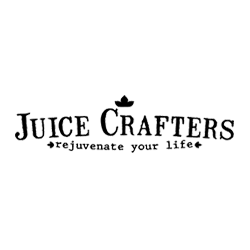



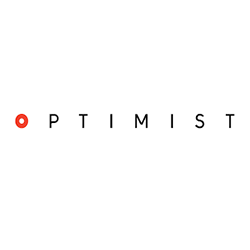

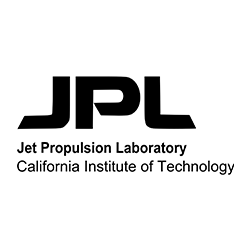



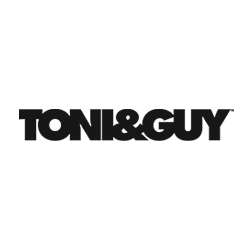

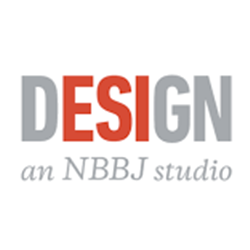


Haven’t found what you are looking for? Email or Contact us now here
High density screen printing is a specialized technique used in the printing industry to create a raised or textured effect on custom merchandise. It involves applying multiple layers of a thick ink, typically a plastisol or a special high-density ink, onto the fabric using a screen printing process.
On the contrary, high density screen printing enhances the durability of the printed design. The additional layers of ink provide extra thickness, making it more resistant to cracking, fading, and general wear over time.
High density screen printing is compatible with most types of fabrics, including cotton, polyester, blends, and more. However, it is essential to consider the fabric’s texture and weave to determine the best application technique.
In partnership with onetreeplanted.org
In partnership with onetreeplanted.org
A 100 piece minimum is needed for an account rep to handle your order.
For online orders
Screen Printing: 25 pieces minimum
Embroidery: 25 pieces minimum
Water-based Transfers: 1 piece minimum
Direct-to-Garment: 3 pieces minimum
Patches: 25 pieces minimum
Office: (323) 261-8700
9 AM – 5:30 PM PST